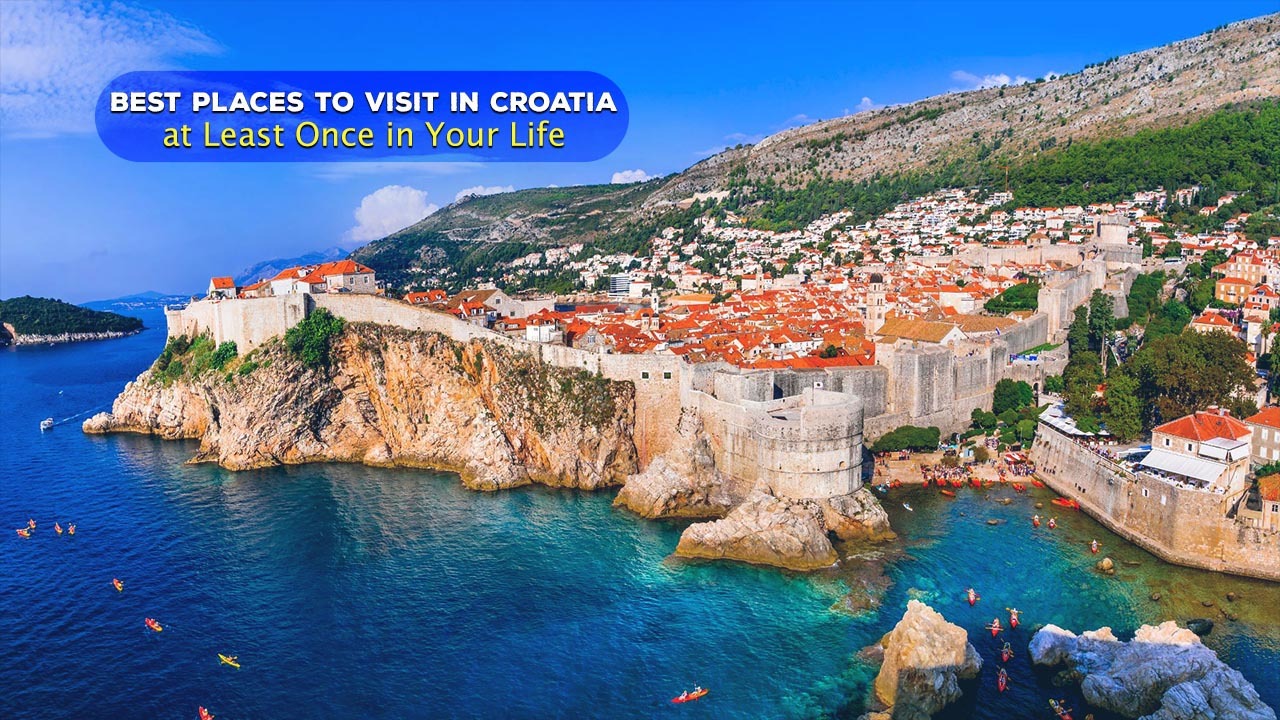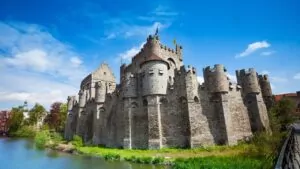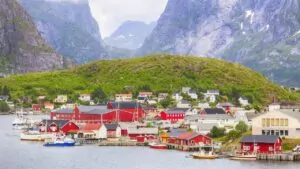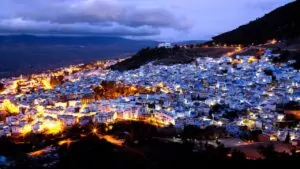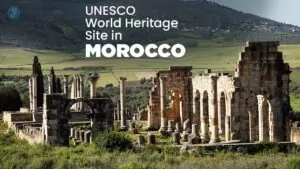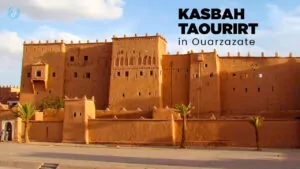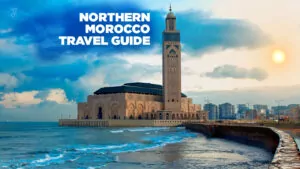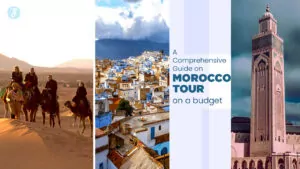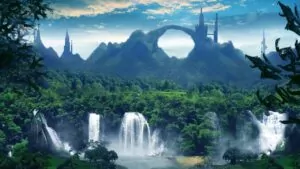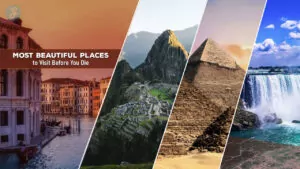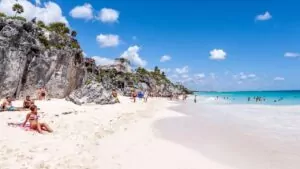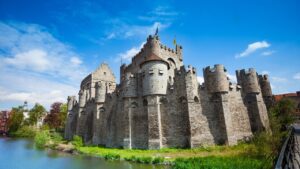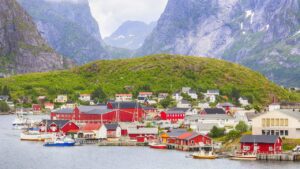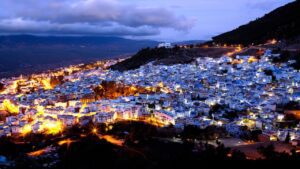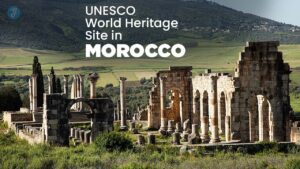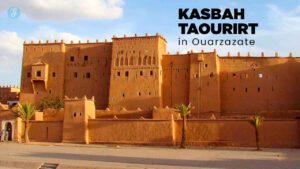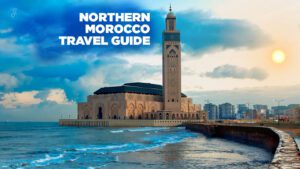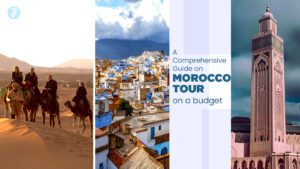Croatia, a gem on the Adriatic Sea, is a country of stunning beauty and rich history. From ancient walled cities to pristine beaches and lush national parks, Croatia offers a diverse range of experiences for travelers. In this article, we’ll explore the 10 best places you must visit in Croatia at least once in your life. Whether you’re a history buff, a nature lover, or a beach enthusiast, Croatia has something special for everyone.
Croatia has become one of Europe’s hottest travel destinations in recent years, and for good reason. This small country packs a big punch when it comes to natural beauty, cultural heritage, and unforgettable experiences. With over 1,000 islands, 8 national parks, and 10 UNESCO World Heritage Sites, Croatia offers a wealth of attractions for visitors to explore.
In this article, we’ll take you on a journey through Croatia’s most captivating destinations. From the medieval streets of Dubrovnik to the stunning waterfalls of Plitvice Lakes National Park, these are the places that will make your Croatian adventure truly unforgettable.
1. Dubrovnik: The Pearl of the Adriatic
Dubrovnik, often called the “Pearl of the Adriatic,” is a city that seems frozen in time. Its well-preserved medieval walls, limestone streets, and baroque buildings have made it one of Croatia’s most popular tourist destinations.
Key Attractions
- Old Town: A UNESCO World Heritage Site, Dubrovnik’s Old Town is a maze of narrow streets and historic buildings.
- City Walls: Walk along the 2 km-long walls for stunning views of the city and sea.
- Stradun: The main street of Dubrovnik, lined with shops, cafes, and historic buildings.
- Fort Lovrijenac: a fortress perched on a cliff, offering panoramic views of the city.
Dubrovnik’s beauty has made it a popular filming location, most notably for the TV series “Game of Thrones.” Fans can take guided tours to see familiar locations from the show.
2. Split: Where History Meets Modern Life
Split, the second-largest city in Croatia, is a vibrant blend of ancient history and modern urban life. At its heart lies Diocletian’s Palace, a UNESCO World Heritage Site built in the 4th century AD.
Must-See Sights
- Diocletian’s Palace: This ancient Roman palace forms the core of Split’s Old Town.
- Riva Promenade: A bustling waterfront promenade perfect for people-watching.
- Marjan Hill: A forested hill offering panoramic views of Split and nearby islands.
- Cathedral of Saint Domnius: One of the oldest Catholic cathedrals in the world.
Split is also an excellent base for exploring nearby islands like Hvar and Brač, easily accessible by ferry.
3. Plitvice Lakes National Park: A Natural Wonder
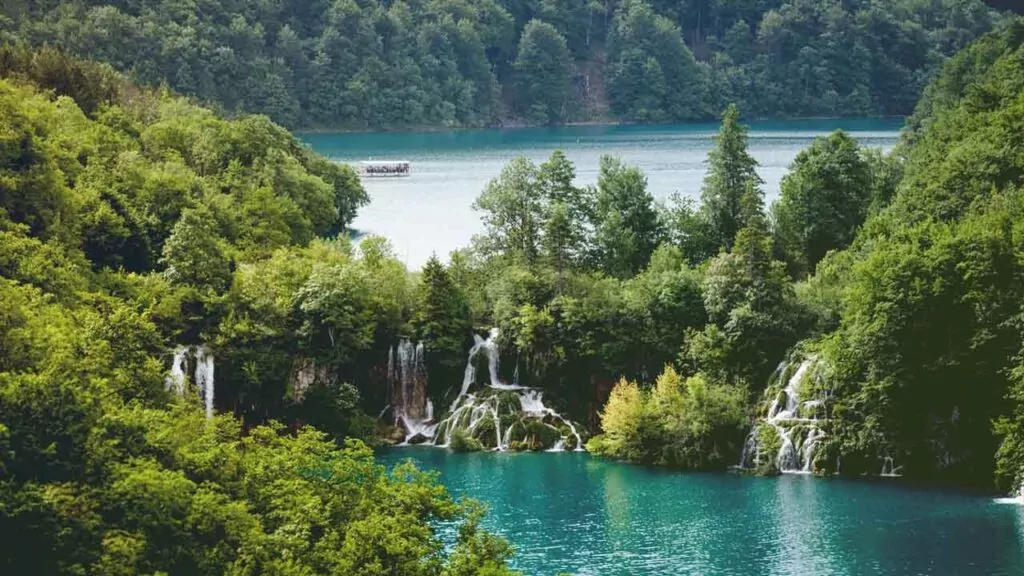
Plitvice Lakes National Park is Croatia’s most popular national park and a UNESCO World Heritage Site. It’s famous for its 16 interconnected lakes and numerous waterfalls.
Highlights
- Waterfalls: The park boasts 90 waterfalls, with the largest being Veliki Slap at 78 meters.
- Wooden Walkways: A network of walkways allows visitors to explore the lakes up close.
- Flora and Fauna: The park is home to diverse wildlife, including bears, wolves, and rare bird species.
- Boat Rides: Electric boats offer scenic rides across the larger lakes.
Plitvice Lakes is beautiful year-round, with each season offering a unique perspective on its natural wonders.
4. Hvar: The Sunniest Spot in Croatia
Hvar Island is known for its lavender fields, beautiful beaches, and vibrant nightlife. It’s one of the sunniest spots in Croatia, averaging 2,724 hours of sunshine per year.
Top Attractions
- Hvar Town: The island’s main hub, featuring Venetian architecture and a picturesque harbor.
- Španjola Fortress: A hilltop fortress offering panoramic views of Hvar and nearby islands.
- Lavender Fields: In June and July, Hvar’s lavender fields burst into fragrant bloom.
- Pakleni Islands: A chain of wooded islands perfect for swimming and sunbathing.
Hvar is also famous for its wine production, with many local vineyards offering tastings and tours.
5. Rovinj: A Romantic Istrian Gem
Rovinj, located on the Istrian peninsula, is often described as one of the most romantic towns in the Mediterranean. Its colorful houses, narrow cobblestone streets, and picturesque harbor create a magical atmosphere.
Don’t Miss
- St. Euphemia’s Church: The town’s landmark, offering stunning views from its bell tower.
- Old Town: Wander through the labyrinth of narrow streets filled with art galleries and cafes.
- Balbi Arch: The former town gate, built in 1680, marks the entrance to the old town.
- Golden Cape Forest Park: A protected area with beautiful beaches and cycling trails.
Rovinj is also known for its excellent seafood restaurants and nearby olive oil and wine producers.
6. Zadar: Where Modern Art Meets Ancient History?
Zadar offers a unique blend of ancient Roman ruins, medieval churches, and innovative modern art installations. It’s a city that beautifully balances its rich history with a contemporary vibe.
Key Attractions
- Sea Organ: An architectural sound art object that plays music by way of sea waves.
- Greeting to the Sun: A solar-powered light installation that creates a spectacular light show at night.
- St. Donatus Church: A 9th-century church and the symbol of Zadar.
- Roman Forum: Ancient ruins in the heart of the city, dating back to the 1st century BC.
Zadar’s unique attractions and beautiful sunsets (described by Alfred Hitchcock as “the most beautiful in the world”) make it a must-visit destination.
7. Krka National Park: A Natural Paradise
Krka National Park is famous for its series of seven waterfalls and crystal-clear pools. Unlike Plitvice Lakes, visitors can swim in certain areas of Krka, making it a popular spot for nature lovers and swimmers alike.
Highlights
- Skradinski Buk: The longest and most beautiful waterfall in the park.
- Roški Slap: Another impressive waterfall, surrounded by traditional watermills.
- Visovac Island: Home to a 15th-century Franciscan monastery.
- Educational Trails: Learn about the park’s flora and fauna through well-marked paths.
The park also offers boat excursions, allowing visitors to explore its beauty from a different perspective.
8. Zagreb: Croatia’s Vibrant Capital
Tourists who are heading to the coast frequently ignore Zagreb, the capital of Croatia. However, this inland city offers a wealth of cultural attractions, beautiful architecture, and a bustling cafe culture.
Must-See Sights
- Upper Town (Gornji Grad): The medieval old town, home to St. Mark’s Church with its colorful tiled roof.
- Dolac Market: A vibrant open-air market selling fresh produce and local specialties.
- Museum of Broken Relationships: A unique museum showcasing mementos from failed relationships.
- Tkalčićeva Street: A pedestrian-friendly street lined with cafes, bars, and shops.
Zagreb comes alive during Advent, with its Christmas market voted the best in Europe multiple times.
9. Pula: A City of Roman Heritage
Pula, located on the tip of the Istrian peninsula, is best known for its well-preserved Roman ruins. The city offers a perfect blend of history, beaches, and vibrant culture.
Top Attractions
- Pula Arena: One of the best-preserved Roman amphitheaters in the world.
- Temple of Augustus: A well-preserved Roman temple in the city’s main square.
- Arch of the Sergii: A Roman triumphal arch dating back to 27 BC.
- Brijuni National Park: A group of islands known for their natural beauty and dinosaur footprints.
Pula is also a great base for exploring the rest of Istria, known for its hilltop towns, truffles, and excellent wines.
10. Kornati National Park: An Island Paradise
The Kornati archipelago consists of 89 islands, islets, and reefs, making it a paradise for sailors, divers, and nature lovers. Its stark beauty and clear waters make it one of Croatia’s most unique national parks.
Highlights
- Sailing: Navigate through the maze of islands and enjoy secluded bays.
- Diving: Explore rich underwater life and dramatic cliff formations.
- Telašćica Nature Park: Adjacent to Kornati, known for its salt lake and high cliffs.
- Fishing Villages: Visit small settlements and try fresh seafood.
While most of the islands are uninhabited, some offer basic accommodations and restaurants serving local specialties.
Conclusion
Croatia is a country of extraordinary diversity, offering everything from ancient Roman ruins to pristine beaches and stunning national parks. Each of these 10 destinations showcases a different facet of Croatia’s beauty and rich cultural heritage.
Whether you’re wandering through the medieval streets of Dubrovnik, marveling at the waterfalls of Plitvice Lakes, or sailing among the Kornati islands, Croatia promises unforgettable experiences. Its blend of historical charm, natural beauty, and warm hospitality makes it a destination that truly has something for everyone.
As you plan your Croatian adventure, remember that each of these places has its own unique character and charm. Take the time to explore, immerse yourself in the local culture, and create memories that will last a lifetime. Croatia is not just a place to visit; it’s a place to fall in love with.

